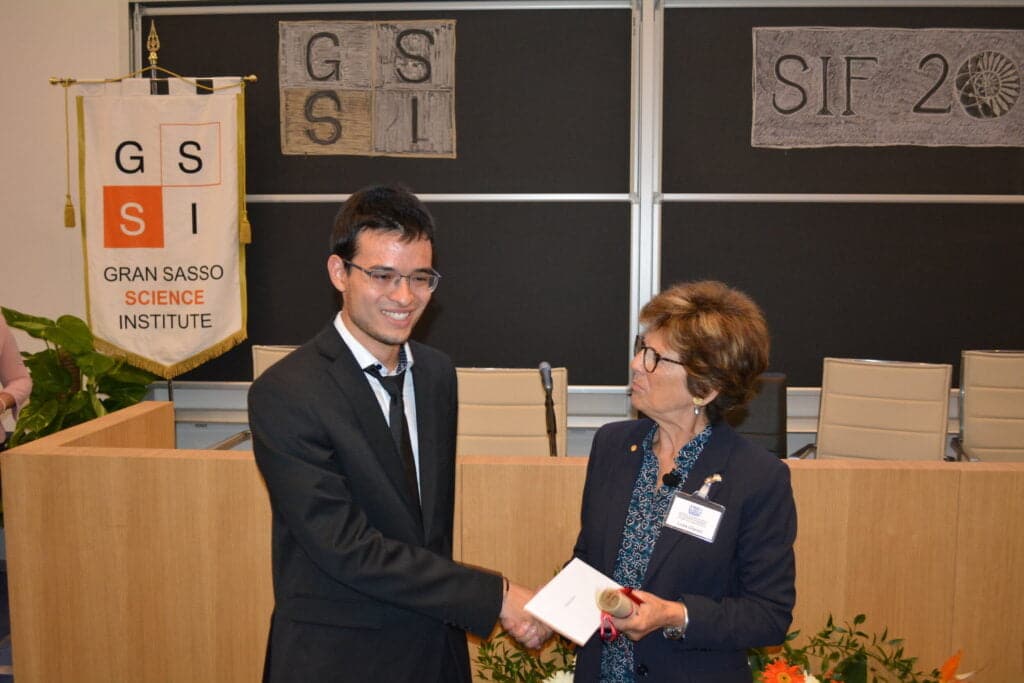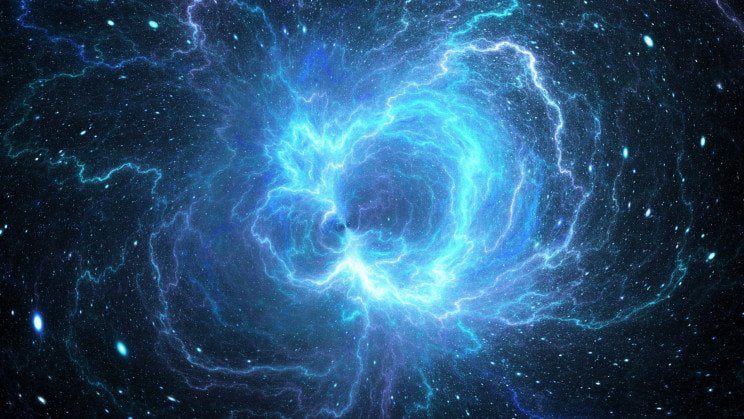Directly sensing dark energy, and in particular its non-gravitational interactions, would have a huge impact.
And maybe it will. In an article published yesterday (in Physical Review) Dr. Sunny Vagnozzi and a team of researchers from the University of Cambridge detail the inexplicable results of an experiment called XENON1T. Results not dependent on the dark matter that the experiment was supposed to detect. The new document is a big step towards the first direct detection of another dark "thing", the mysterious energy that has been sought for some time.
Detecting dark energy
The XENON1T experiment, conducted underground in the Gran Sasso laboratories, brought a sensational discovery, in the form of an anomaly. To explain this anomaly, Cambridge researchers developed a physical model designed to ensure that the signal was not produced by dark matter. Thanks to this model, the researchers believe that the signal may have originated from dark energy particles produced in a region of the Sun known for its strong magnetic fields. The next step? Confirm the results with new experiments.
If we think we have directly detected dark energy in an underground laboratory, we need independent confirmation, from observations also made outside this laboratory.
Sunny Vagnozzi
Unravel the mystery
It is believed that approximately 27% of the universe is made up of dark matter, while 68% are believed to be governed bydark energy, a hypothetical invisible force that causes the universe to expand at an accelerating rate. Both of these forms of energy have remained elusive after years of research. Experiments like XENON1T try to study the first: and perhaps they have found the second.
The scientific community first detected dark matter in the 20s, and has had more time to study it. “With this discovery we now want to take a step forward and better understand what it is, how it interacts with other types of matter and so on. On energy, however, we are decades behind: detecting it so directly could help us catch up,” says Vagnozzi.

Dark energy: all "fault" of the sun
In an effort to help “catch up” dark matter research, Vagnozzi and his team of co-authors built a physical model that uses a so-called screening mechanism to hide any “fifth forces” associated with small-scale dark energy.
This mechanism, called chameleon shield, suggested that the excess in the XENON1T experiment could be explained by dark energy particles produced in a region of the Sun called the tachocline, where magnetic fields are particularly strong.
If all goes according to plan and the XENON1T results hold up, the next upgrades could lead to the first direct detection of dark energy within the next decade.


